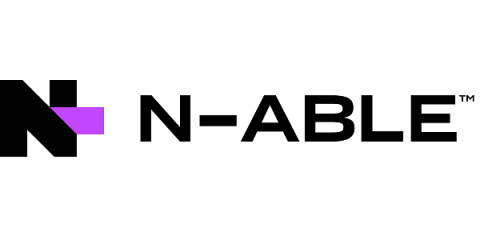2 Steps to Confirm It's NOT Time to Change Your RMM
In my first two blogs in this series, I looked at some of the obvious signs and not so obvious signs that it might be time to change your RMM. However, the reality is that most MSPs don’t want to change unless they really have to, and in many of the cases I’ve seen they’re prepared to let things be bad for way too long.






